Philodendrons are some of the most popular houseplants around thanks to their tropical foliage and easy care requirements. What many don’t realize is that philodendrons belong to a large, diverse family known as the Araceae or aroid family. This family contains over 3700 species spanning across over 100 different genera. While the philodendron genus gets most of the fame, there are many other interesting aroids that deserve recognition for their unique features and ease of care.
Explore the top 5 aroid plants to enhance your philodendron collection in this guide. Dive into the world of Anthuriums, Pothos, Monsteras, Aglaonemas, and Alocasias, and learn how their unique foliage and easy care can transform your indoor garden into a tropical paradise.
Anthuriums
Overview
Anthuriums are known for their glossy, heart-shaped leaves and brightly colored flower spikes. There are over 1000 species of anthurium, most of which are epiphytic vines native to tropical regions of Central and South America. They thrive in warm, humid environments and make excellent houseplants if provided with bright, indirect light and high humidity.
Popular Varieties
Some of the most popular anthurium houseplants include:
- Anthurium crystallinum – Velvet cardboard anthurium with oval silver-green leaves
- Anthurium clarinervium – Heart-shaped leaves with bold white veins
- Anthurium andreanum – Flamingo flower with bright red or pink spathes
- Anthurium magnificum – Giant heart-shaped leaves on long petioles
- Anthurium watermaliense – Ruffled green and white foliage
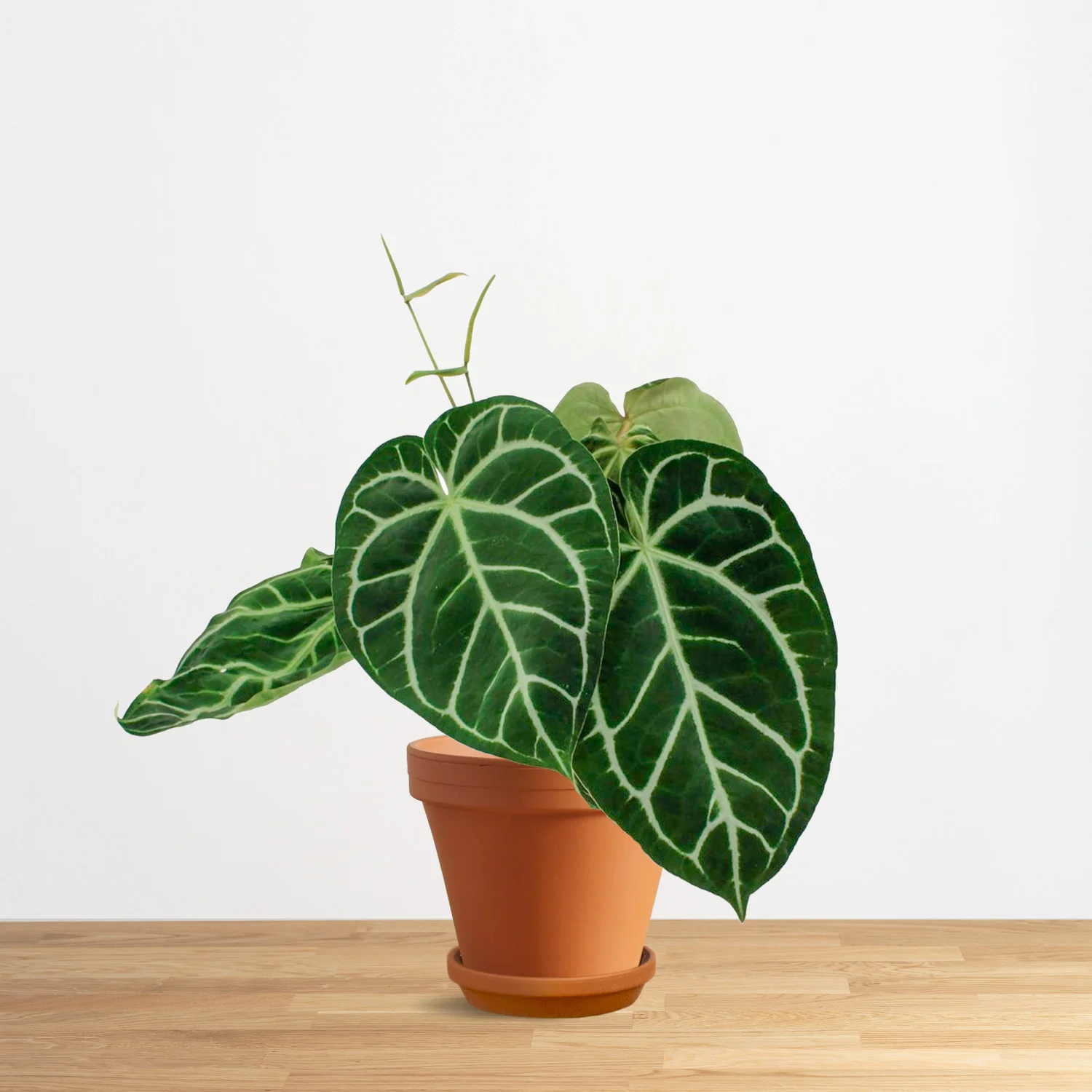
Care Tips
- Water when the top inch of soil is dry
- Mist frequently to increase humidity
- Feed monthly during spring and summer
- Keep away from direct sunlight to prevent leaf burn
- Ideal temperatures between 70-90°F
Pothos
Overview
Pothos, also called devil’s ivy, are trailing epiphytes native to the Solomon Islands. With their iconic heart-shaped leaves and vining growth habit, pothos have become ubiquitous houseplants renowned for their durability and low maintenance needs. They are capable of growing in a wide range of conditions which adds to their popularity as beginner plants.
Popular Varieties
Some favorite pothos cultivars include:
- Golden pothos – Green and yellow variegated leaves
- Marble Queen – White and green variegated leaves
- Neon pothos – Lime green leaves
- Pearls and Jade – Small white flecks on green
- Manjula – Speckled and blotchy gray-green leaves
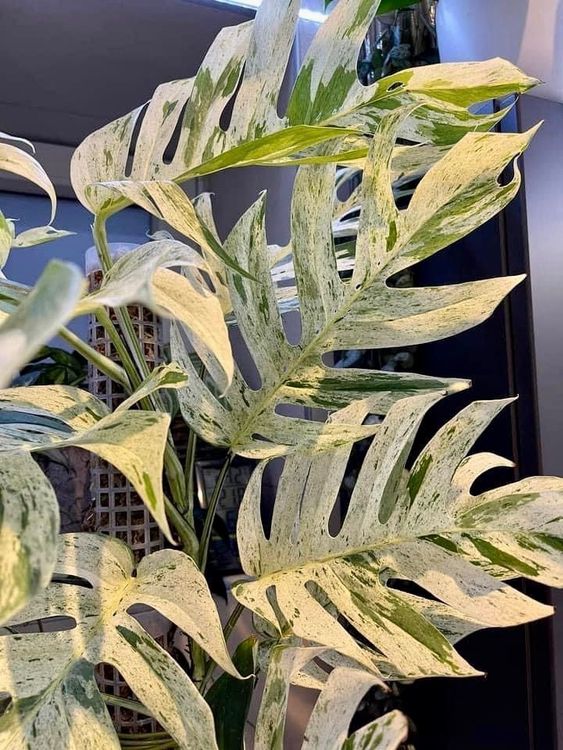
Care Tips
- Allow soil to dry out between waterings
- Moderate to bright, indirect light
- Occasional pruning to control length
- Mist leaves to increase humidity
- Can be grown in water alone
- Tolerates a wide temperature range of 55-90°F
“Explore the Exceptional 2023 Philodendron Variegata Collection: A Curated Selection of the Rarest and Most Unique Varieties Available.”
Monsteras
Overview
Monsteras are evergreen vining aroids native to Central America. They are close cousins of pothos and philodendrons and share similar growing habits and care. They are distinguished by their large, fenestrated leaves that develop dramatic splits and holes with maturity.
Popular Varieties
Some of the most common monstera varieties include:
- Monstera deliciosa – Classic split-leaf plant with green leaves
- Monstera adansonii – Nicknamed Swiss cheese vine for its holes
- Monstera siltepecana – Silver-green leaves with reflective surfaces
- Monstera dubia – Shingle plant with small rounded leaves
- Monstera standleyana – Five holes at maturity resemble a hand
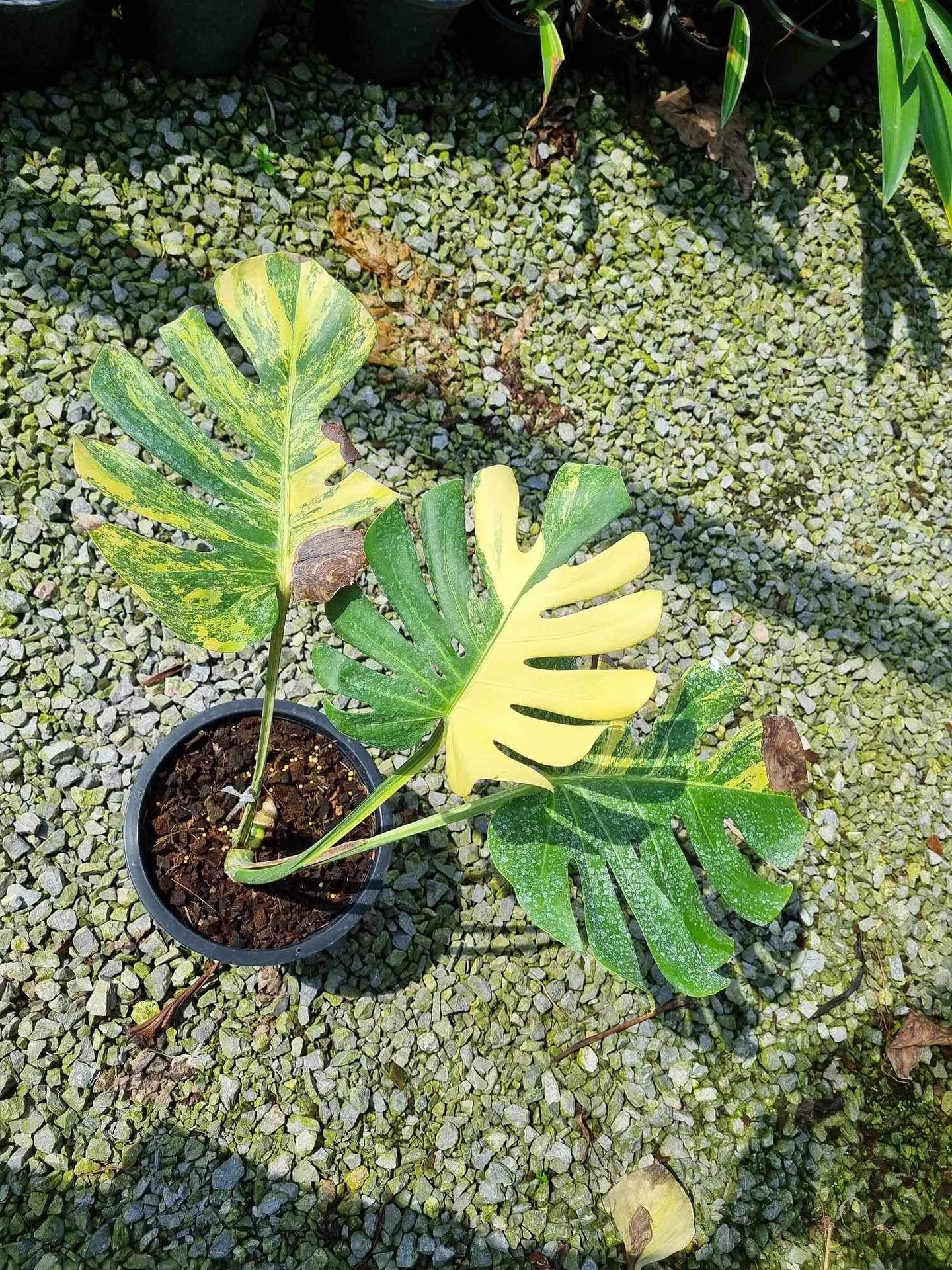
Care Tips
- Bright, indirect sunlight is essential
- Allow soil to partially dry between waterings
- Increase humidity by misting and using pebble trays
- Stake and prune to control size
- Repot when rootbound into a larger container
- Ideal temperature range of 65-85°F
Aglaonemas
Overview
Aglaonemas, also known as Chinese evergreens, are subtropical plants grown primarily for their patterned, colorful foliage. They are native to swampy tropical forests across southeast Asia and parts of Australia. Their diversity of leaf shapes, colors, and patterns has made them a mainstay of interior plantscaping.
Popular Varieties
Some popular aglaonema varieties include:
- Aglaonema Silver Queen – Gray-green leaves with silver stripes
- Aglaonema Maria – Bright pink stems and green leaves
- Aglaonema Crete – Speckled and blotched gray-green leaves
- Aglaonema Silver Bay – Silver-gray leaves with dark green veins
- Aglaonema Red Emerald – Deep red leaves with dark green edges
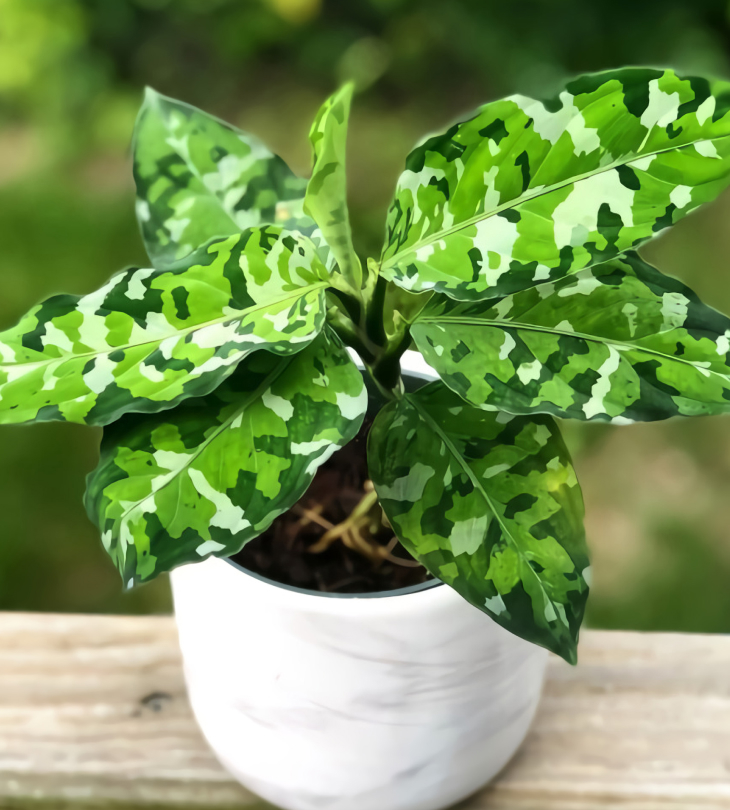
Care Tips
- Thrives in moderate to bright, indirect light
- Water when the top 1-2″ of soil is dry
- High humidity encourages lush growth
- Remove dusty leaves by wiping with damp cloth
- Tolerant of low light but colors fade without enough sun
- Ideal temperature range of 65-85°F
Alocasias
Overview
Alocasias are tropical plants prized for their uniquely shaped, vibrantly colored leaves. There are around 70 species native to rainforests from India to eastern Australia. They are commonly called elephant ears due to their very large arrowhead-shaped leaves. Alocasias are statement plants that add dramatic architectural elements to indoor spaces.
Popular Varieties
Some sought-after Alocasia varieties include:
- Alocasia zebrina – Tiger-striped leaves with purple undersides
- Alocasia stingray – Upward facing leaves resemble a stingray’s tail
- Alocasia amazonica – Metallic dark green leaves with wavy edges
- Alocasia reginula – Velvety green leaves with contrasting white veins
- Alocasia maharani – Distinctive gray-green leaves with bright red veins
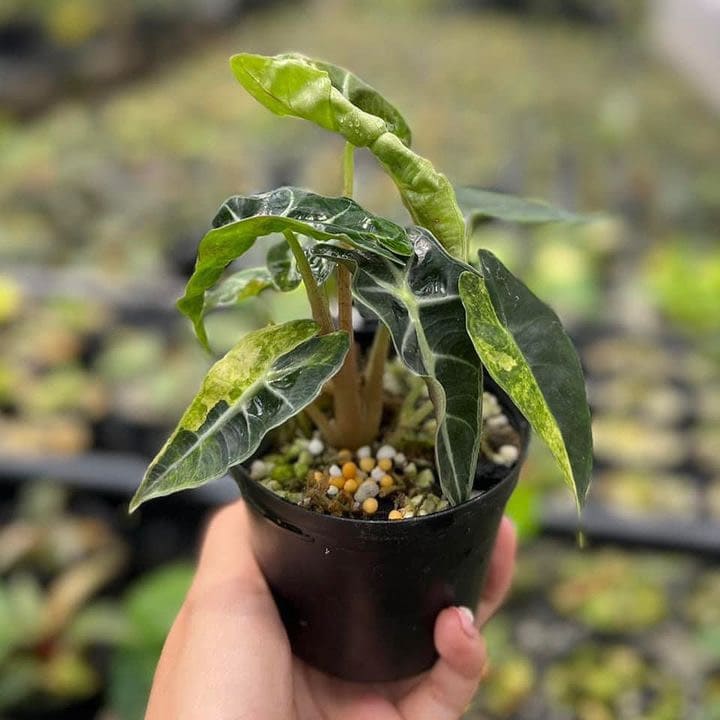
Care Tips
- Provide very bright, indirect sunlight
- Maintain consistently warm temperatures above 65°F
- Keep soil moderately moist but not soggy or wet
- Mist leaves frequently to increase humidity
- Prune older leaves at the stem as they yellow and die
- Repot every 1-2 years during spring into well-draining mix
Conclusion
Beyond the famous philodendron, the aroid family contains a diverse array of tropical plants with uniquely shaped leaves, vining habits, and easy care requirements. Getting to know closely related genera like anthurium, pothos, monstera, aglaonema, and alocasia can expand your indoor garden horizons. Exploring the extended family of philodendron offers new textures, colors, and designs to bring vitality to your living spaces.


1 thought on “Discover the Fascinating World of Plants Related to Philodendron”
Comments are closed.